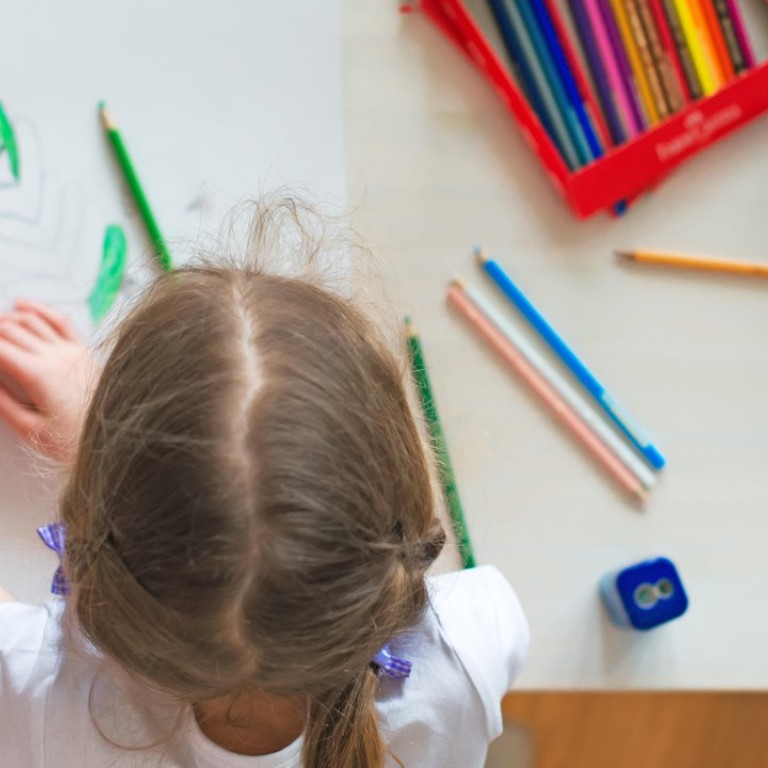
How can teachers help left-handed children in the classroom? Advice from a former teacher
From scissors to seating arrangements, many things need to be taken into consideration when teaching a left-handed student, but do these children need to be given extra attention?
My daughter is left-handed and has just entered Year 2 at a school in Hong Kong. Her Year 1 teacher was very aware of her needs and gave her extra help with handwriting. This week my daughter asked for left-handed scissors and was told by her new teacher that there aren’t any. She also came home upset because the girl who sits next to her is getting cross because they keep banging elbows. Should I go to see the new teacher about this?
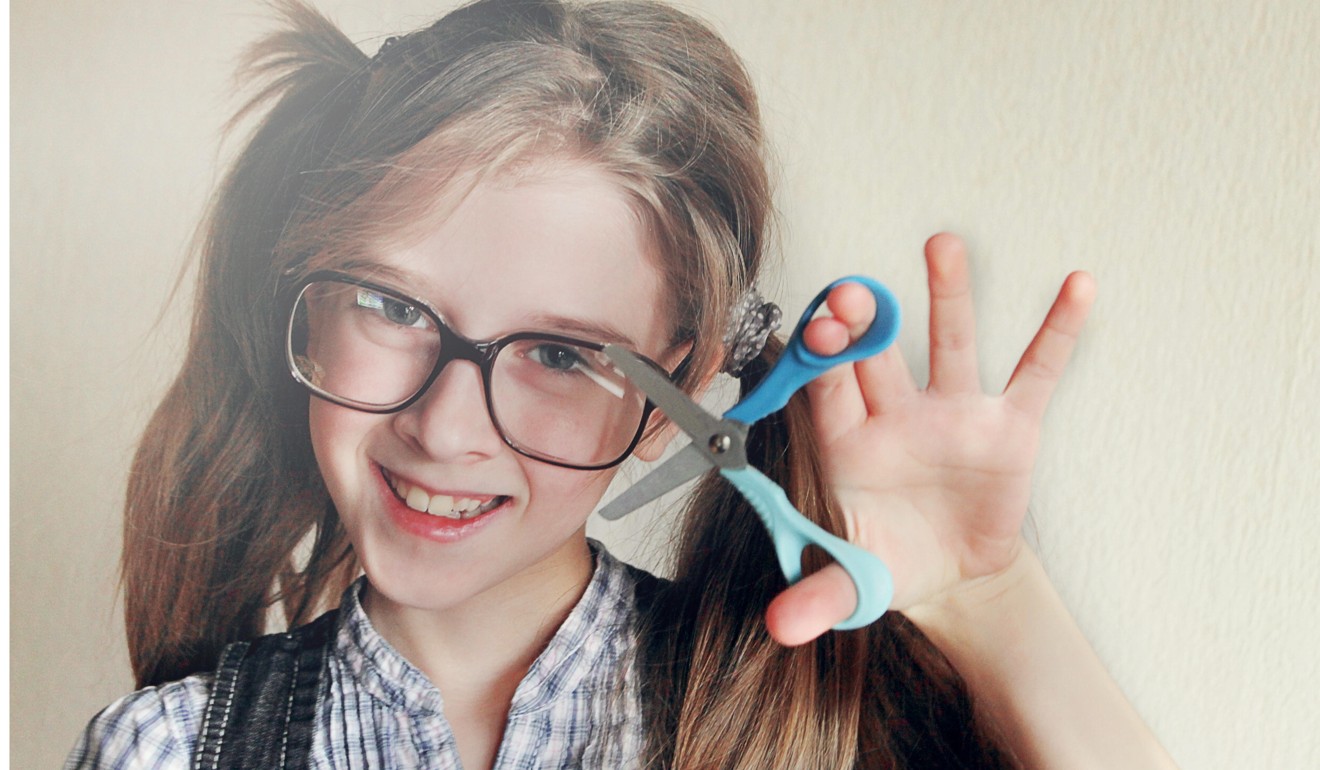
Historically, being left-handed was considered strange, unnecessary or at worst to be associated with the devil or witchcraft. Until as recently as the 1970s, some teachers went to extraordinary lengths to make left-handed pupils use their right hands.
Of course this no longer happens in schools but left-handers can still be penalised or disadvantaged by lack of awareness by teachers. Even though 10 to fifteen per cent of children are left-handed, very little is included in training courses for teachers and it would seem that some right-handed teachers are not aware of the differing needs of these pupils.
Should Hong Kong schools be doing more for left-handed children?
It is definitely worth having a quick discussion with your daughter’s new teacher so some immediate changes can be made. Something as simple as providing the appropriate scissors or being seated on the correct side of someone to avoid the clash of elbows, can stop further frustration and make an enormous difference to a child’s experience at school. The last thing you want is your daughter feeling clumsy and uncoordinated due to struggling with right-handed implements or having unsuitable seating positions. Also, such skills as cutting and writing are often used to assess a student’s development in the early years.
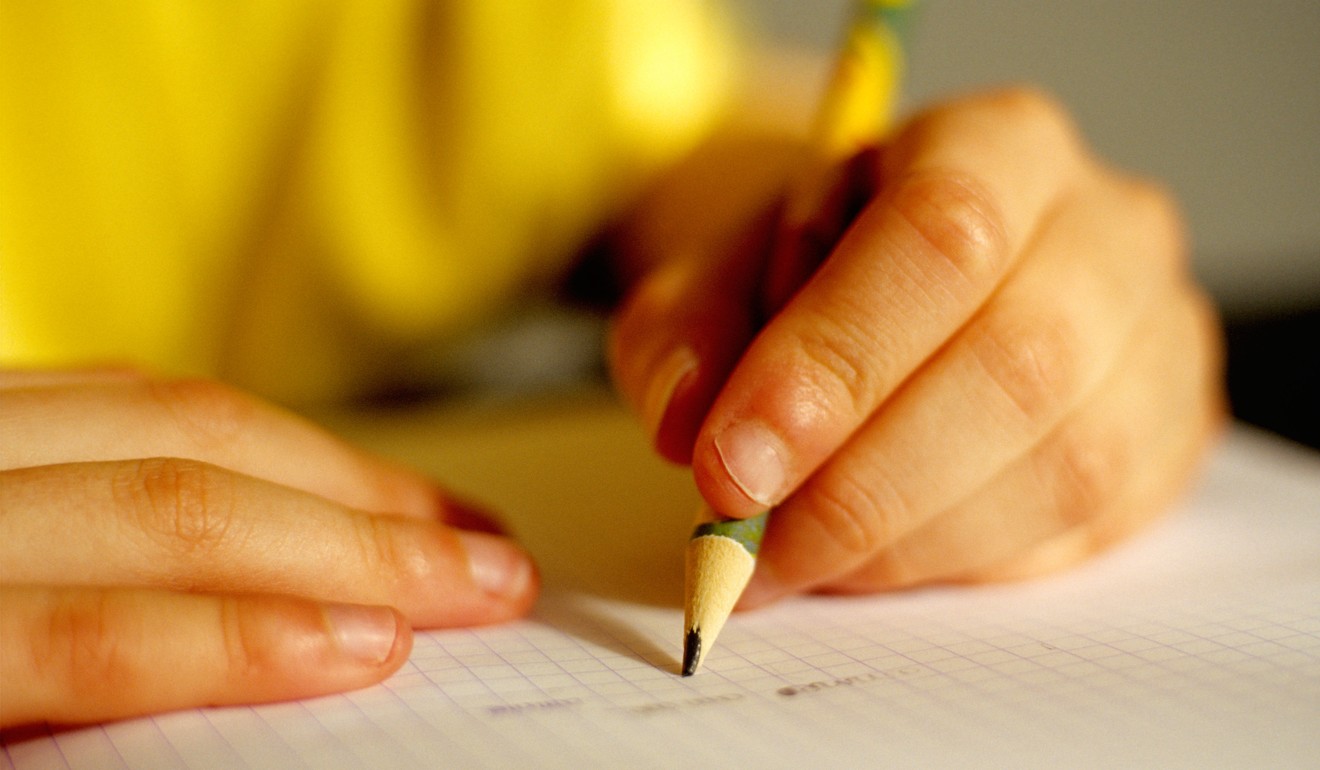
Left-handers sometimes do need specific support with writing. Your daughter was lucky to have a patient, knowledgeable teacher in Year 1 given that it is the key year for laying the foundations for good basic skills and avoiding bad writing habits. Once ingrained, these are hard to change. It is not unusual for left-handers to develop an awkward pen grip and an uncomfortable posture. They have to push the pencil when writing which often leads to a tight grip, causing the wrist to ache and making it difficult to write smoothly. Also, their writing is obliterated from view immediately after they have scribed and so is easily smudged.
Will substitute teacher affect child’s development at Hong Kong primary school? Advice from a former teacher
It has been suggested by some experts that problems with handwriting during the early years can result in low self-esteem, which can result in a downward spiral of students losing enthusiasm for school, feeling that their work is slow and messy, and avoiding writing as the easy option. Poor writing habits can also lead to problems when a child is olderas the demands of taking notes increases, for example, while the need to write quickly in exams can be very challenging. This can often result in their exam results not reflecting their actual knowledge or ability.
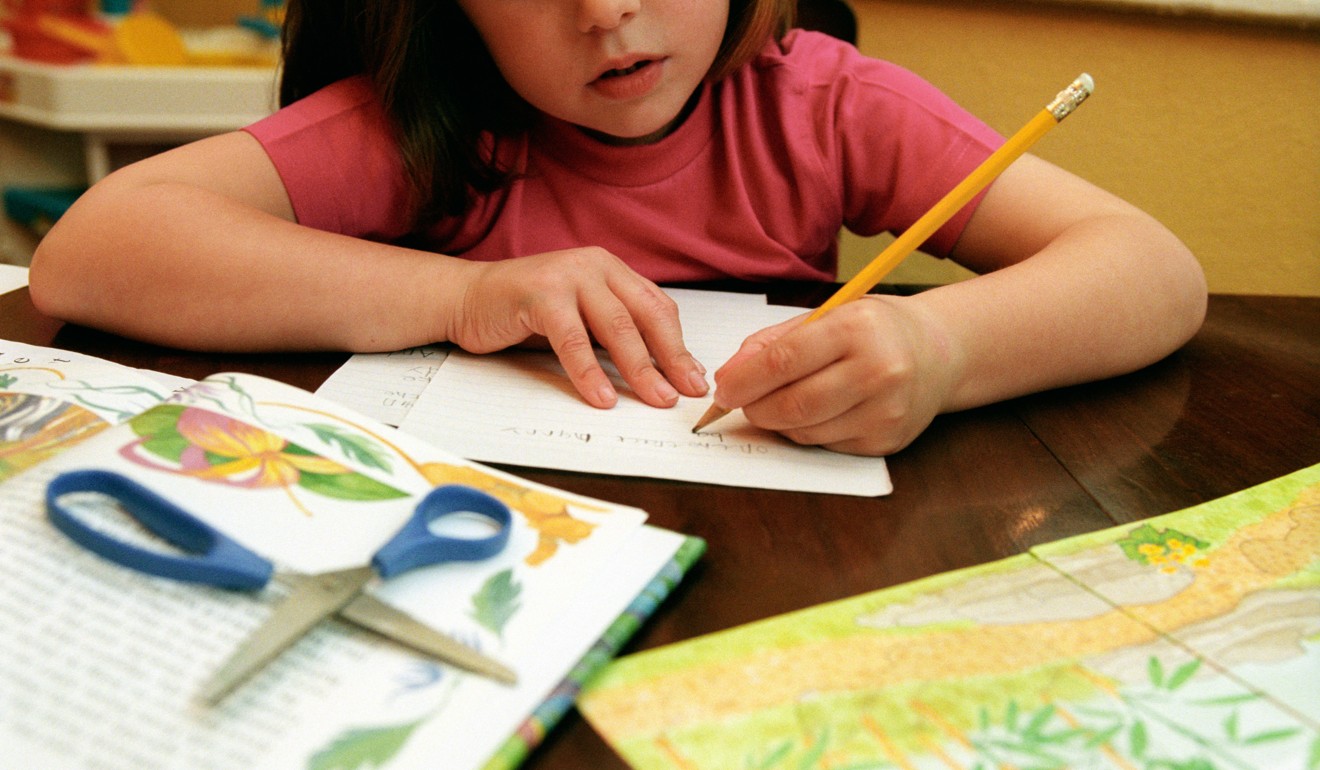
If taught properly however, there is no reason why left-handed children can’t develop a neat, cursive handwriting style. Using mechanical aids such as thick triangular pencils or specialised pencil grips now available at many stationery shops could help your daughter to develop an effective and efficient grip.
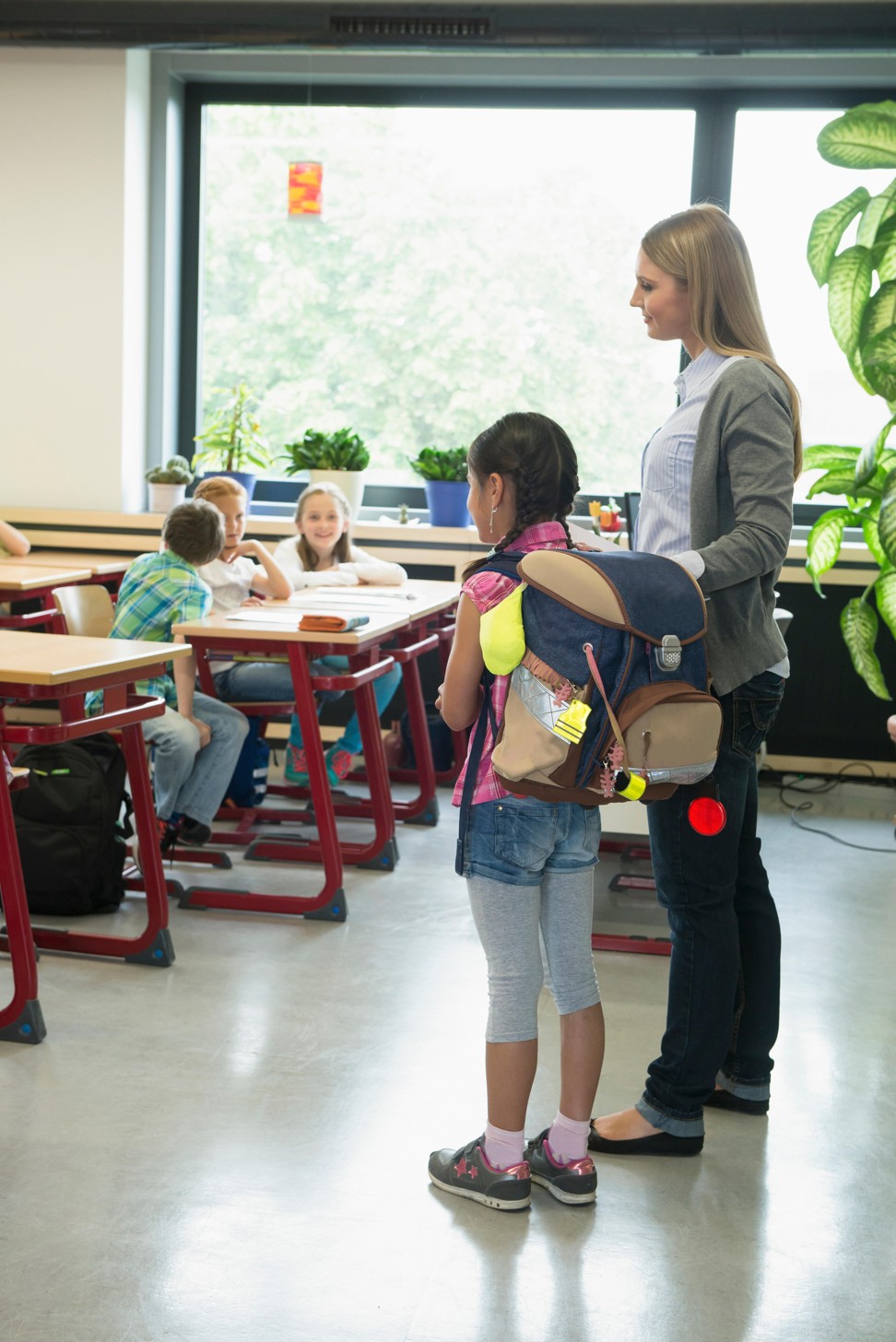
It can be tricky for a right-handed adult to teach certain skills to a left-handed child. Basic skills such as tying shoelaces to more complicated objectives such as knitting or playing a musical instrument are best tackled by sitting opposite the child rather than adjacent, giving them a mirror image to copy.
Not surprisingly, left-handers tend to be very adaptable and quite often ambidextrous. From the word go they have to struggle with everyday equipment including manipulating zips and buttons when dressing which have been designed for a right-handed world. There are now all sorts of specially designed left-handed implements available such as non-smudge pens, tin openers, and a range of musical instruments. Be aware that school music teachers can also help by restringing violins for example, or twisting the bottom of a recorder to help left-handers.
Since 1976, International Left-Handers Day on August 13th has been dedicated to all lefties promoting awareness of the inconveniences and challenges faced as well as celebrating the differences and uniqueness. One of the advantages of being ‘right-brained’ is that left-handers tend to be more creative and musical. Although researchers are unsure why, they also have a greater chance of having a higher IQ.
Julie McGuire is a former Hong Kong primary-school teacher
